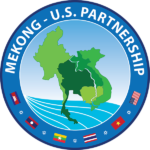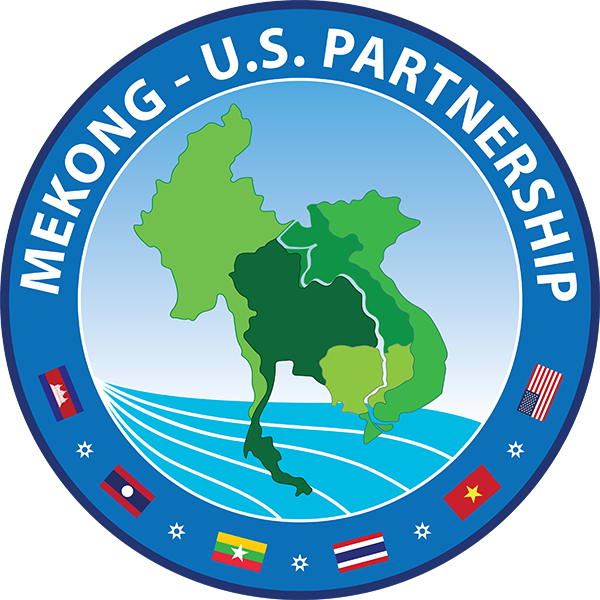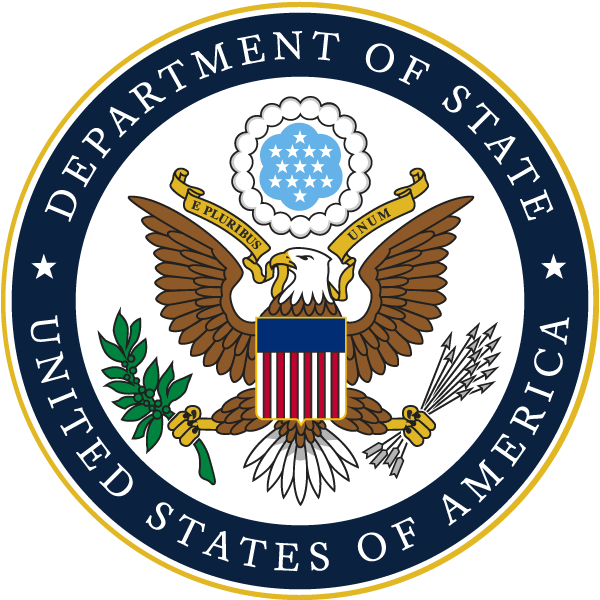From November 17 to 20 in Chiang Mai, Thailand, the USAID Low Emissions Asian Development (USAID LEAD) program provided training for 25 policymakers, national park managers, academics and other practitioners from Cambodia, India, Laos, Philippines, Thailand and Vietnam on a methodology for guiding decisions related to management of protected natural resource areas.
The workshop on “multi-criteria analysis” methodology equipped decision makers with a framework for ranking, comparing and/or selecting the most effective policy and management options according to a “triple bottom line” framework. The framework assesses the economic, social and environmental benefits protected areas provide to residents, particularly in locations where they act as a vital carbon sink and a buffer against climate change impacts.
The tool also helps decision makers engage with diverse stakeholders in the decision-making process, including women and disadvantaged populations. Four of the five Lower Mekong countries involved in the Lower Mekong Initiative —Cambodia, Laos, Thailand and Vietnam—participated in the training, organized in collaboration with the Thai government and the USAID Lowering Emissions in Asia’s Forests program.
Source: USAID/RDMA Regional Environment Office Weekly Update
 Mekong - U.S. Partnership
Mekong - U.S. Partnership


